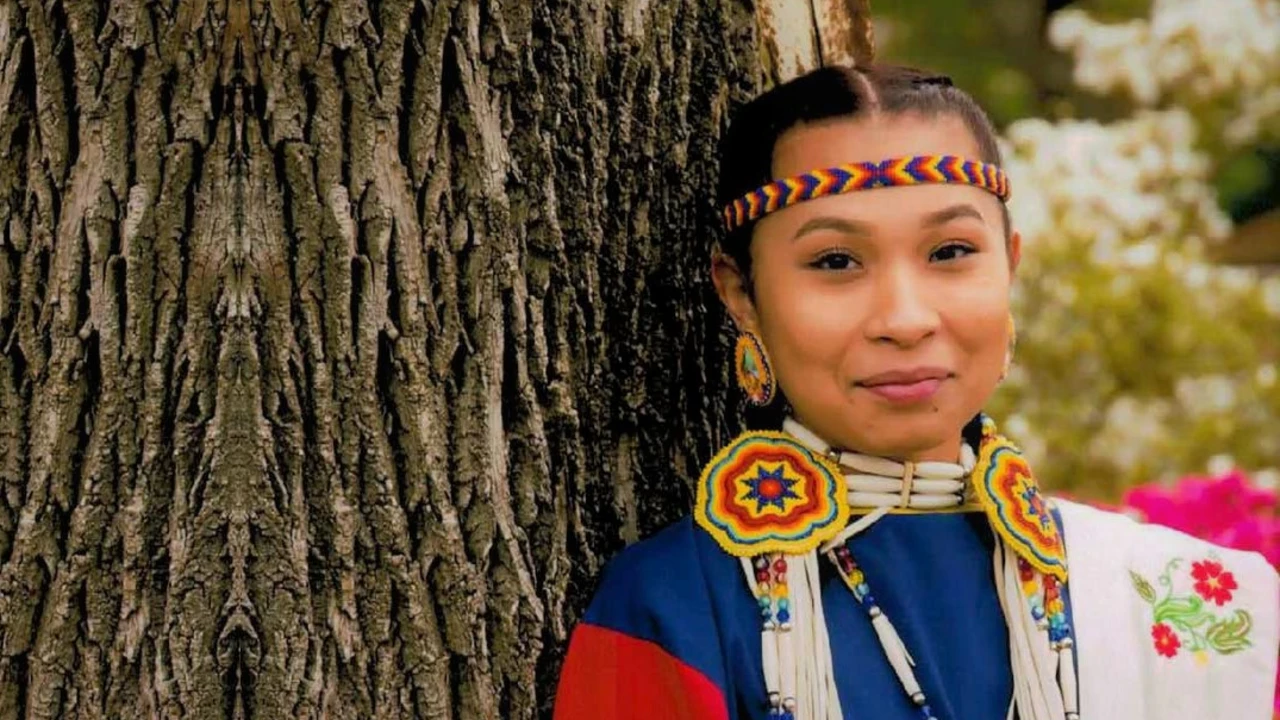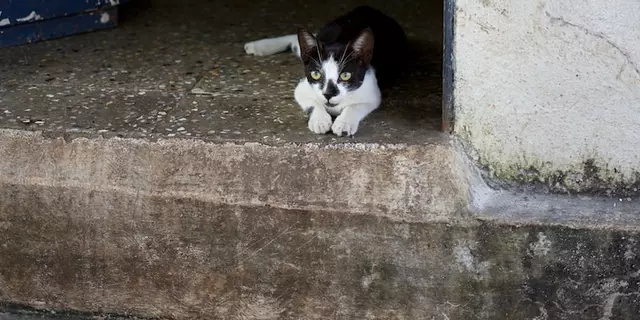Cultural Curriculum: What It Is and Why It Matters
Ever wonder why some schools feel more alive than others? The secret often lies in the cultural curriculum. It’s a set of lessons, activities, and resources that bring the traditions, stories, and values of different communities into the classroom. When students see their own background reflected, they feel seen; when they learn about others, they gain respect and curiosity.
In a world that’s more connected than ever, a cultural curriculum isn’t extra – it’s essential. It helps break stereotypes, builds empathy, and equips kids with the social skills they’ll need in any workplace. Below you’ll find simple ways to weave culture into everyday teaching, plus the core pieces that make a strong cultural program.
Key Elements of a Cultural Curriculum
1. Diverse Content – Include stories, histories, and examples from a range of groups. That means not just adding a single holiday, but exploring how festivals, food, music, and language shape daily life across regions.
2. Local Relevance – Connect lessons to the community around the school. If your town has a large Punjabi population, feature Punjabi folk tales or invite a local artist to talk about their craft.
3. Student Voice – Let learners share their own experiences. A “culture day” where each student brings an artifact or a short story turns the classroom into a living museum.
4. Critical Thinking – Encourage questions about power, privilege, and representation. Ask students why certain histories are taught more than others and what that means for society.
5. Ongoing Assessment – Track how cultural lessons affect attitudes and knowledge. Simple surveys or reflective journals can show if students feel more inclusive and aware.
Tips to Bring Culture Into Your Classroom
Start small. Swap out a textbook example with a local story. If you’re teaching math, use patterns from traditional Indian rangoli designs to illustrate geometry.
Use multimedia. Short videos, music clips, or virtual museum tours bring distant cultures right to the desk without a long field trip.
Partner with families. Invite parents to co‑teach a lesson about a family tradition. It builds trust and gives students a proud platform to showcase their heritage.
Integrate across subjects. A science unit on agriculture can explore rice cultivation in Southeast Asia, while an English class reads poems from African writers.
Keep it dynamic. Update the curriculum each year with new stories, current events, or student‑chosen topics. This prevents the material from feeling static or tokenistic.
Finally, model curiosity yourself. Share a cultural fact you just learned, ask classmates for their take, and show that learning about others is a lifelong habit.
When teachers embed cultural awareness into daily lessons, students graduate not just with academic grades but with the ability to connect with people from every background. That skill is priceless in today’s diverse workplaces and communities.
So ask yourself: How can you make your next lesson a little more reflective of the world around you? The answer might be as simple as swapping one textbook page for a story from a neighboring village. Give it a try, watch the engagement rise, and enjoy the richer conversations that follow.
Arvind Chatterjee, Jul, 28 2023
Do American public schools teach about native Indian tribes?
Whoa, hold onto your feathered headdresses folks, we're diving into the realm of whether American public schools teach about native Indian tribes! Now, this may seem like a simple yes or no question, but in reality, it's as complex as a Navajo sand painting. So, do American schools teach about Native Indian tribes? Yes, they do! But, it's a bit like trying to explain quantum physics using only finger paints - it's all a bit basic and sometimes misses the key points. So, while they do cover it, the depth can be as shallow as a kiddie pool in a drought. Now, that's a bit of a bummer, but hey, it's a start, right? Let's hope for more comprehensive education in the future!
View More




